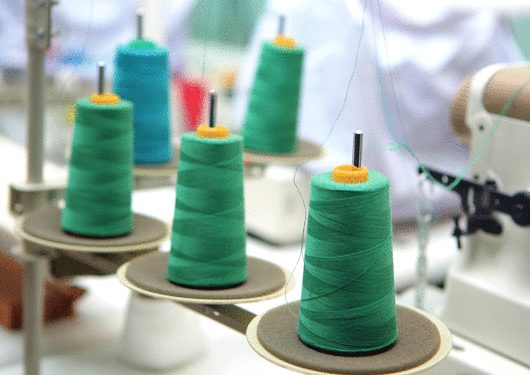
Visit Our Sponsors |
|
|
|
|
|
|
|
|
|
|
|
|
|
|
|
|
|
|
|
|
|
|
|
|
|
|
|
|
|
|
|
|
|
|
|
|
|
|
|
|
|
|
|
|
|
|
|
|
|
|
|
|
|
|
|
|
|
|
|

That said, it's still not clear how far along the plans are. After winning the patent rights for a "flying warehouse," Amazon's strategy seems to now include snapping up patents and cornering market prospects that may still be decades out.
But the implications of the latest garment-industry patent hit closer to home. The patent aggregates orders from various geographic locations and coordinates apparel assembly on a large scale. That upends the entire “fast-fashion” model, which has been a staple of the logistics business ever since companies like Zara, H&M and TopShop started marketing cheap clothes that followed rapidly changing trends.
That same fast-fashion model has also relied on quickly moving goods from cheap labor markets, where they were assembled, to consumers half-way around the world in the United States and Europe. In theory, Amazon’s patent allows them to respond to changes in consumer preferences with equal agility, while also cutting down transport times.
The patent describes a computerized system that includes textile printers, cutters and an assembly line. Cameras take images of garments, allowing for customer feedback and alterations. Amazon plans to increase efficiency by producing clothes in batches, based on customer shipping address and other factors. This manufacturing model could also easily be expanded to take on other consumer goods, such as household items and sporting goods.
RELATED CONTENT
RELATED VIDEOS
Timely, incisive articles delivered directly to your inbox.


